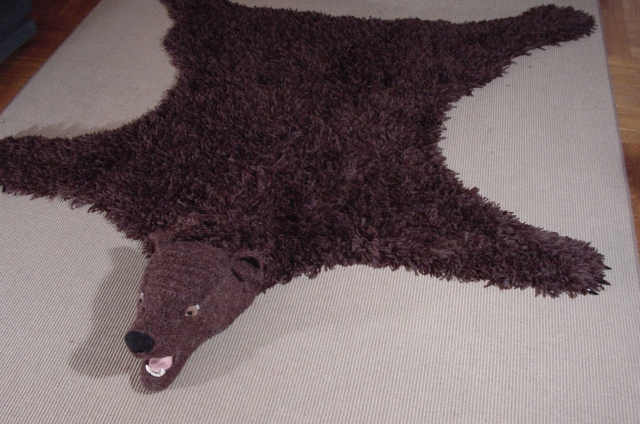
In this ten-minute Black Tree Media video, sent in by Janet F., black intellectuals and artists debate sexism in hip hop. The video features over a dozen perspectives — Stanley Crouch, Cornel West, Michael Eric Dyson, Ben Chavis, Nelly, T.I., Chuck D, MC Lyte, the Reverend Al Sharpton, Mike Jones, Master P, and Kim Osorio — and covers a lot of ground.
My apologies if the video is preceded by a commercial:
Lisa Wade, PhD is an Associate Professor at Tulane University. She is the author of American Hookup, a book about college sexual culture; a textbook about gender; and a forthcoming introductory text: Terrible Magnificent Sociology. You can follow her on Twitter and Instagram.







